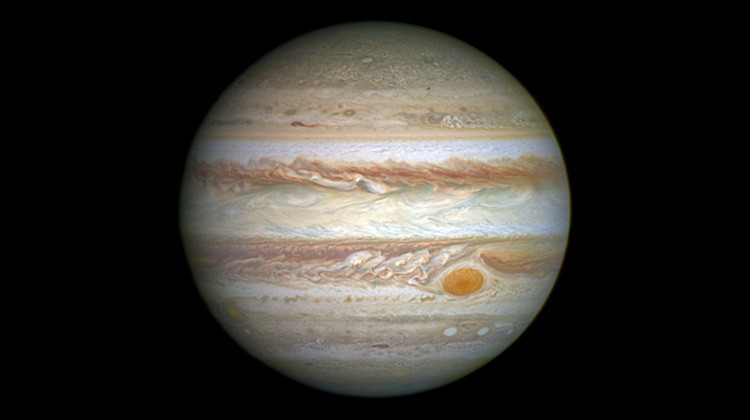Lunar Geography
Update: 2020-07-03
Description
If you get a chance to look up at the moon this weekend, you may wonder what you’re looking at. Where did the Apollo missions land? What’s that big crater called?
Looking at the moon with the naked eye, you’ll notice a few big features. The so-called “seas,” the large ‘Ocean of Storms’ to the west, Even the Tycho crater to the south.
But look closer with a telescope—even a pair of binoculars, and the moon REALLY reveals itself.
You’ve heard of the Sea of Tranquility. That’s the dark area to the northeast as you’re facing the moon. If you’re ON the moon, it’s the northwest, but we’re not, so let’s stick with our own perspective. The sea of Tranquility is a sort of figure-8-shaped dark patch surrounded by other circular and oval-shaped dark patches—also known as seas. The sea of serenity to the northwest, the sea of fertility to the southeast, the smaller Sea of Nectar due south, and the sea of Crises to the east. I love the names.
The seas on the moon are actually volcanic plains made of basalt. The Sea of Tranquility is significant because it’s where the Neil Armstrong and Buzz Aldrin landed on the first manned mission to the moon. The Apollo 11 landing site is at the southwest edge of the Sea of Tranquility. Now, you won’t be able to see any evidence of the landing with a personal telescope, but large professional land-based and space-based telescopes can spot the leftover hardware, and you can find those images with a simple internet search.
Scan west to the Ocean of Storms and you’ll see two prominent craters named after 16th century astronomers. Kepler and Copernicus. Both are all by themselves in the Ocean of Storms. The larger Copernicus is east of Kepler.
Looking at the moon with the naked eye, you’ll notice a few big features. The so-called “seas,” the large ‘Ocean of Storms’ to the west, Even the Tycho crater to the south.
But look closer with a telescope—even a pair of binoculars, and the moon REALLY reveals itself.
You’ve heard of the Sea of Tranquility. That’s the dark area to the northeast as you’re facing the moon. If you’re ON the moon, it’s the northwest, but we’re not, so let’s stick with our own perspective. The sea of Tranquility is a sort of figure-8-shaped dark patch surrounded by other circular and oval-shaped dark patches—also known as seas. The sea of serenity to the northwest, the sea of fertility to the southeast, the smaller Sea of Nectar due south, and the sea of Crises to the east. I love the names.
The seas on the moon are actually volcanic plains made of basalt. The Sea of Tranquility is significant because it’s where the Neil Armstrong and Buzz Aldrin landed on the first manned mission to the moon. The Apollo 11 landing site is at the southwest edge of the Sea of Tranquility. Now, you won’t be able to see any evidence of the landing with a personal telescope, but large professional land-based and space-based telescopes can spot the leftover hardware, and you can find those images with a simple internet search.
Scan west to the Ocean of Storms and you’ll see two prominent craters named after 16th century astronomers. Kepler and Copernicus. Both are all by themselves in the Ocean of Storms. The larger Copernicus is east of Kepler.
Comments
Top Podcasts
The Best New Comedy Podcast Right Now – June 2024The Best News Podcast Right Now – June 2024The Best New Business Podcast Right Now – June 2024The Best New Sports Podcast Right Now – June 2024The Best New True Crime Podcast Right Now – June 2024The Best New Joe Rogan Experience Podcast Right Now – June 20The Best New Dan Bongino Show Podcast Right Now – June 20The Best New Mark Levin Podcast – June 2024
In Channel














